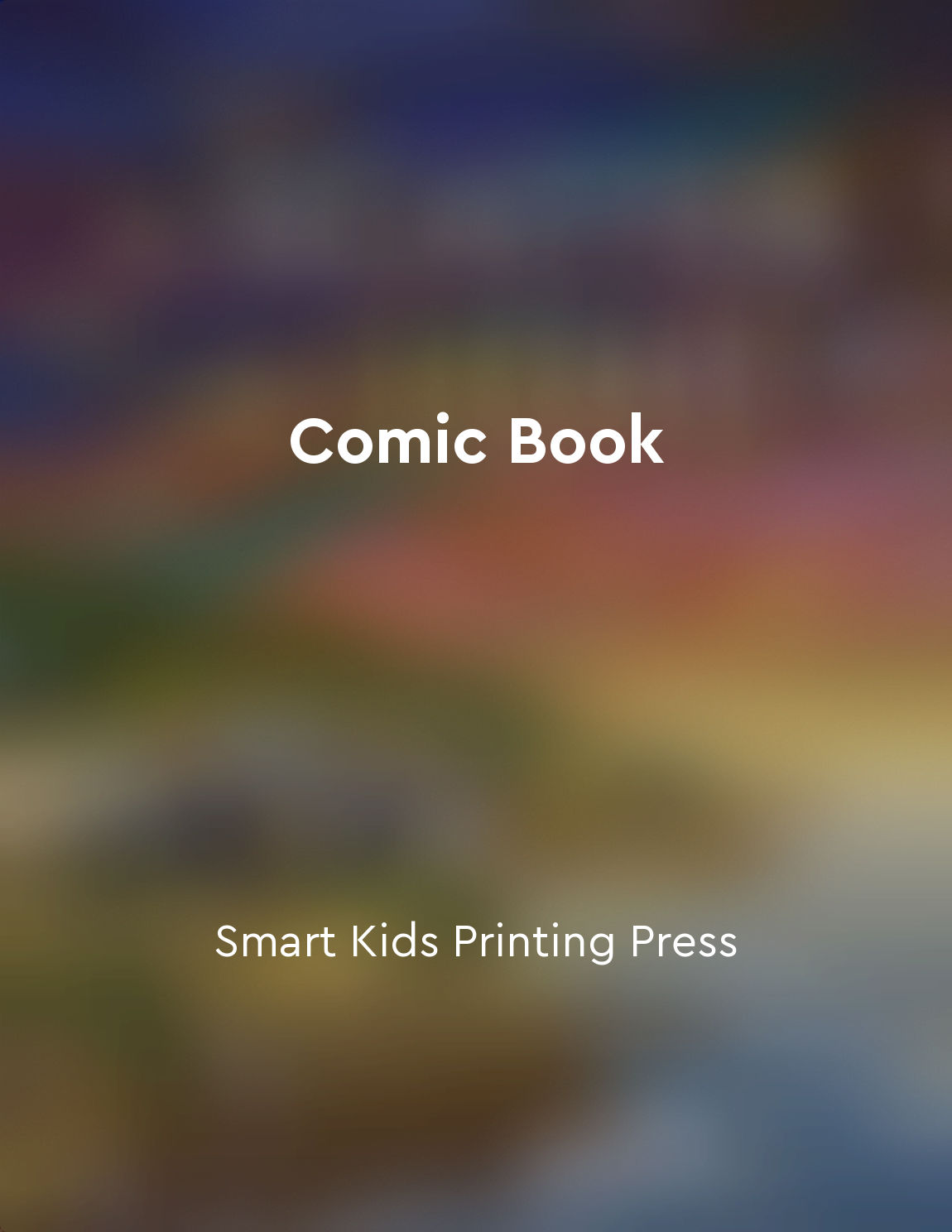Understanding the layout of a comic book from "summary" of Comic Book by Smart Kids Printing Press
Understanding the layout of a comic book is crucial for readers to fully appreciate and enjoy the story being told. The layout of a comic book refers to how the images and text are arranged on each page. One of the key elements of a comic book layout is the use of panels. Panels are the individual frames that contain a specific scene or action. These panels are arranged in a sequence to create a visual narrative that guides the reader through the story. In addition to panels, comic book layouts also include gutters. Gutters are the blank spaces between panels that help to separate and define each scene. They allow for a natural flow of the story, as the reader's eyes move from one panel to the next. Another important aspect of a comic book layout is the use of speech bubbles and captions. Speech bubbles are used to convey dialogue between characters, while captions provide additional information or narration. These elements are placed strategically within panels to help the reader understand who is speaking and what is happening in the story. Furthermore, the layout of a comic book also includes the use of sound effects. Sound effects are often depicted in onomatopoeic words, such as "Pow!" or "Bang!", to enhance the action and movement in the story. These sound effects are typically integrated into the artwork itself, adding a dynamic element to the overall composition.- Understanding the layout of a comic book is essential for readers to follow the story effectively. By paying attention to the arrangement of panels, gutters, speech bubbles, captions, and sound effects, readers can fully immerse themselves in the world of the comic book and appreciate the artistry and storytelling techniques employed by the creators.


